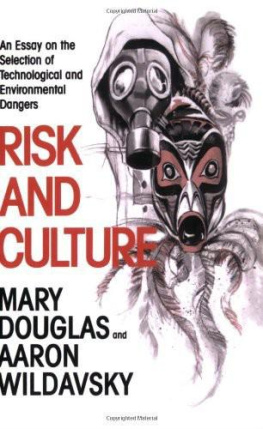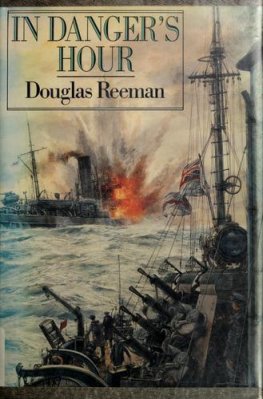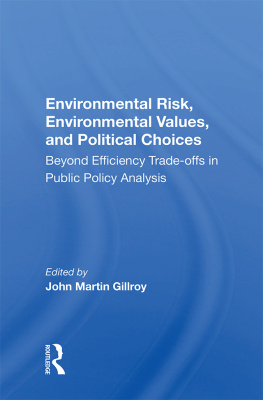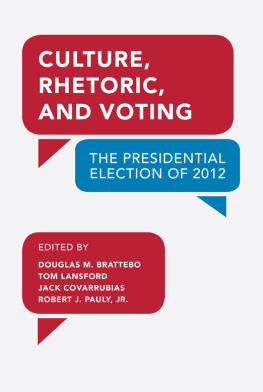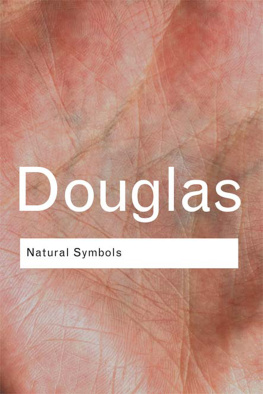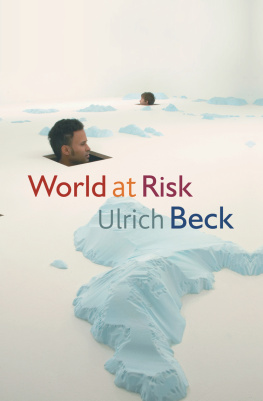MARY DOUGLAS
and
AARON WILDAVSKY





For Dean Neubauer who brought us together
ix
I
This book is based upon research supported by the National Science Foundation under Grant No. ERS77-15503 and by the Russell Sage Foundation. Any opinions, findings, and conclusions or recommendations expressed in this publication are those of the authors and do not necessarily reflect the views of the National Science Foundation or the Russell Sage Foundation. Our appreciation goes to the two foundations for their financial support. Andree Breaux, Steve Rayner, and Katherine Riggs provided outstanding research assistance on environmental groups; their contributions are noted in the relevant chapters. The word "indispensable" would apply only to our secretaries, Doris Patton in Berkeley and Madge Spitaleri in New York.
We have been fortunate in our readers; valuable advice has been offered us even if we did not always accept it or if the commentator did not agree with our approach. Our thanks go to Peter D'Eustachio, Yaron Ezrahi, Ernst Haas, William Havender, C. S. Holling, Howard Kunreuther, William Lowrance, Giandomenico Majone, Ted Marmor, Joshua Menkes, John Miles, Robert Mitchell, Dorothy Nelkin, Julian Simon, Arthur Stinchcombe, Michael Thompson, and Carol Weisbrod.
To each other we give the two essential acknowledgments of collaboration: we believe this book is better than either of us could have done alone; indeed, unless we had done it together, we could not have done it at all.
But wretched Man is still in arms for Fear.
From fear to fear, successively betrayedBy making risks to give a cause for fear (Feeling safe with causes, and from birth afraid)
- William Empson, Reflection from Rochester
Can we know the risks we face, now or in the future? No, we cannot; but yes, we must act as if we do. Some dangers are unknown; others are known, but not by us because no one person can know everything. Most people cannot be aware of most dangers at most times. Hence, no one can calculate precisely the total risk to be faced. How, then, do people decide which risks to take and which to ignore? On what basis are certain dangers guarded against and others relegated to secondary status?
The current consideration of risk has three peculiarities. The first is that disagreement about the problem is deep and widespread in the Western world. The second is that different people worry about different risks-war, pollution, employment, inflation. The third is that knowledge and action are out of sync: whatever programs are enacted to reduce risks, they conspicuously fail to follow the principle of doing the most to prevent the worst damage.' In sum, substantial disagreement remains over what is risky, how risky it is, and what to do about it.
Are dangers really increasing or are we more afraid? Undoubtedly people and the environment face risks from technology. The perils of nuclear wastes and carcinogenic chemicals are not figments of the imagination. Undoubtedly, also, we benefit from technology. Life expectancy continues to increase; accident rates and infant mortality are way down. Are the dangers worth the advances? Do we make too much or too little of such risks and benefits? Different groups give exposure to toxic chemicals vastly different significance. Fear of risk, coupled with the confidence to face it, has something to do with knowledge and something to do with the kind of people we are.
At the level of public policy the main dangers can be grouped into four kinds:
1. foreign affairs: the risk of foreign attack or encroachment; war; loss of influence, prestige, and power;
2. crime: internal collapse; failure of law and order; violence versus white collar crime;
3. pollution: abuse of technology; fears for the environment; and
4. economic failure: loss of prosperity.
Do those people who worry about the future worry equally about all four kinds of risk? A Harris survey on attitudes about risk-among the general public, corporate executives, and federal regulators-demonstrates the diversity of perspectives. The Harris findings show that twice as many people in the general public (as compared to executives) think that there is more risk in society today than 20 years ago. As for domestic political instability, 61 percent of both the public and executives feel there is more risk; but only 34 percent of the regulators agree with this. In regard to danger from the chemicals in use, however, almost 3 times as many executives (38 percent) as the general public and the regulators (13 percent each) think there is less risk today than 20 years before. Comparing regulators to executives, 41 percent of the latter felt the greatest risks facing the country (in March 1980) were the economy and energy; only 10 percent of federal regulators gave the same response.!
At the elite level of public debate, the actors-political parties, interest groups, government officials-do not uniformly attach the same dangers to different objects. People who are most concerned about attack from abroad, for instance, tend to be less worried about pollution at home. Those who would take strong steps to counter violent crime in the streets are not as passionate about the effects of inequality of income. Why not? The two trends may well be connected.
The mark of an intelligent man, it is said, is that the more he learns, the more he becomes aware of how much more there is to know. The advance of science increases human understanding of the natural world. By opening up new realms of knowledge, however, science simultaneously can increase the gap between what is known and what it is desirable to know.
What would be needed to make us able to understand the risks that face us?-Nothing short of total knowledge (a mad answer to an impossible question). The hundreds of thousands of chemicals about whose dangers so much is said are matched easily by the diversity of the causes of war or the afflictions of poverty or the horrors of religious and racial strife. Just trying to think of what categories of objects a person might be concerned about is alarming. Indeed, it might be better for mental health to limit rather than expand sources of concern. Since no one can attend to everything, some sort of priority must be established among dangers; otherwise, merely counting risky objects would leave us defenseless.

